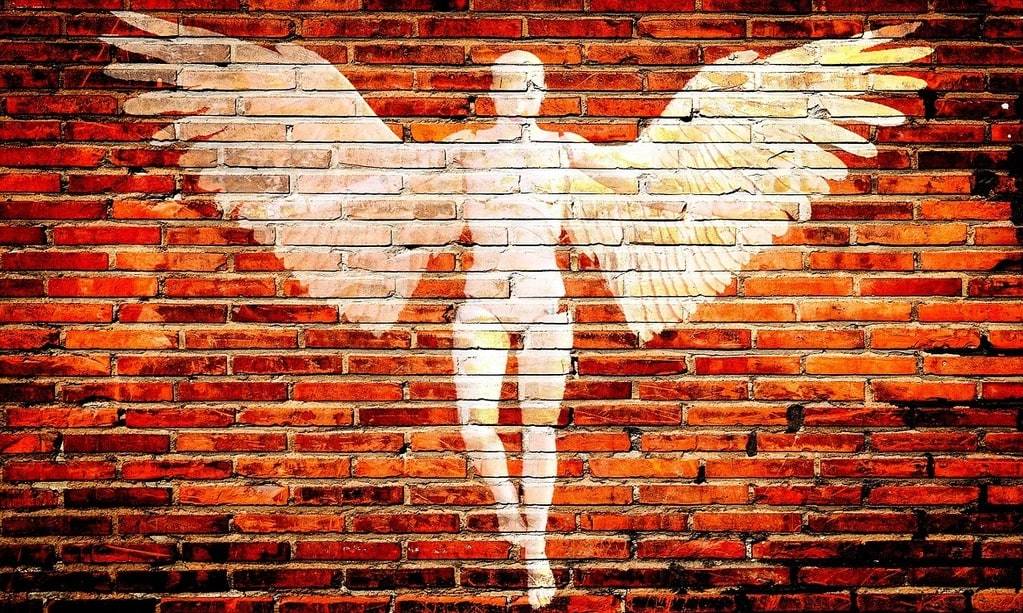
Contemporary art movements to watch
Contemporary art is an ever-evolving field that continuously redefines itself through new ideas, techniques, and perspectives. Today, several movements are pushing the boundaries of creativity and challenging traditional notions of art. These movements are not only reshaping the art world but also reflecting broader social, cultural, and technological changes. Here are some of the contemporary art movements that are making significant waves and are worth watching.
Key Contemporary Art Movements to Watch
Post-Internet Art
Post-Internet Art explores the impact of the internet on contemporary culture. This movement reflects the omnipresence of digital technology in our lives and how it influences our perception of reality. Artists in this genre often use digital media, social networks, and internet culture as both tools and subjects. Their works can include anything from online performances to digital installations, often blurring the lines between the virtual and the physical world. This movement underscores the profound influence of the internet on modern society and art.
Eco-Art
Eco-Art is a movement that focuses on environmental issues and the relationship between humans and nature. Artists involved in Eco-Art use their work to raise awareness about ecological concerns and advocate for sustainability. They often employ natural materials, recycling, and eco-friendly techniques. This movement emphasizes the importance of environmental conservation and seeks to inspire action through creative expression. Eco-Art highlights the pressing need for environmental stewardship and reflects a growing consciousness about our planet’s future.

Immersive Art
Immersive Art is designed to fully engage the senses and provide an interactive experience for the viewer. This movement often incorporates elements of technology, such as virtual reality, augmented reality, and digital projections, to create environments that visitors can explore and interact with. The goal is to break down the barriers between art and audience, making the viewer an integral part of the artwork. Immersive Art transforms the passive act of viewing into an active, participatory experience, offering a deeper connection to the work.
Social Practice Art
Social Practice Art is centered around social engagement and community involvement. Artists in this movement create works that involve collaboration with communities or address social issues directly. The art often takes the form of public installations, performances, or events that encourage public participation and dialogue. This movement emphasizes the role of art as a catalyst for social change and community building.
New Media Art
New Media Art encompasses a wide range of artistic practices that use new media technologies, including video, digital art, interactive installations, and computer graphics. This movement is constantly evolving as technology advances, allowing artists to explore new forms of expression and interaction. New Media Art pushes the boundaries of traditional art forms, integrating technology to create innovative and dynamic works.
Art and Activism
Art and Activism is a movement where art is used as a tool for political and social activism. Artists in this movement address pressing issues such as inequality, human rights, and social justice through their work. They often create provocative pieces that challenge viewers to think critically and take action. This movement demonstrates the power of art to raise awareness, inspire change, and give voice to marginalized communities.
Characteristics of Contemporary Art Movements
Here are some common characteristics that define contemporary art movements:
- Interdisciplinary Approach: contemporary art often blends different mediums and disciplines, breaking traditional boundaries.
- Global Perspective: many contemporary art movements reflect global issues and incorporate diverse cultural influences.
- Interactive Elements: engagement and participation are key components, with many works inviting viewer interaction.
- Technological Integration: the use of digital tools and new technologies is prevalent, offering new ways to create and experience art.
The Role of Technology in Contemporary Art
Technology plays a pivotal role in shaping contemporary art. It provides artists with new tools and platforms for creation, dissemination, and interaction. Digital art, virtual reality, and artificial intelligence are just a few examples of how technology is transforming artistic practices. The integration of technology into art opens up endless possibilities for innovation and exploration.
The Future of Contemporary Art
As society continues to evolve, so too will contemporary art. The movements mentioned above are just a glimpse into the dynamic and ever-changing landscape of modern art. These movements not only reflect current societal trends but also influence the future direction of art. The interplay between technology, environment, and social issues will likely continue to shape artistic expressions, offering new and exciting ways to experience and engage with art.

